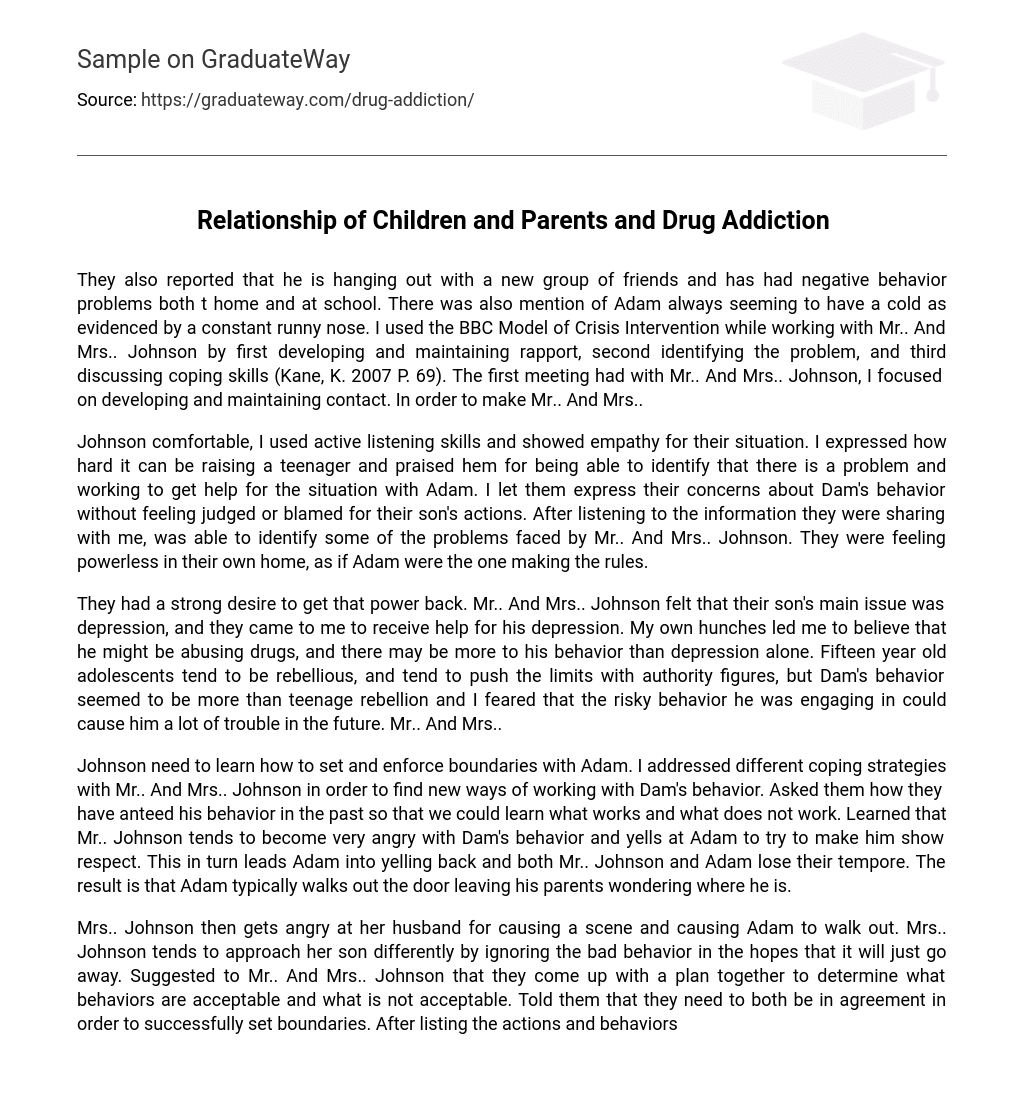According to an interactive article by the New York Times, the number of Americans who have died from overdoses has increased by 650% since 1990. In October, President Trump announced declared the opioid epidemic a national health emergency and he talked about the $80 million initiative that will go towards pain management research and an inter-agency task force was assembled. Addiction is a problem that intersects all sorts of demographics. Here is a graph that shows the rise of drug addiction spending in our country. In this graph, it is shown that drug addiction initiatives didn’t start or were not federally funded until the 1970s. A popular drug of choice in the late 70’s was Percodan, which is both aspirin and oxycodone; there was also a resurgence of heroin. The graph steadily decreased with slight upward spikes throughout the years up until the mid 1980’s when spending plummeted.
By the 1980’s Vicodin and generic options were readily available for public consumption. The early 1980’s are considered an opiophobic era, meaning that doctors didn’t really prescribe opioids, out of fear, maybe because of the War on Drugs. The 1980’s were the era of “Just say no” and rampant cocaine abuse, with 5 million daily users by 1986. The 1990’s was the last time our government spent about as much money as we do now on drug abuse. In the 1990’s, the population felt the side effects of the opiophobia of the 1980s. The undertreatment of chronic pain led to the increase of pain prescriptions and Morphine, Fentanyl, Oxycodone and Hydromorphone went on sale to the general public. By the new millenium, 4 million people were abusing prescription medications without prescriptions.
In the early 2000’s, the FDA implemented programs to prevent and educate people about abuse and they have also approved formulas to help deter abuse. The opioid epidemic has been particularly deadlier in northeastern states like Ohio, Pennsylvania and New Jersey. It is apparent that opioid addiction is contributing to the rise of the mortality rate among middle-aged non-Hispanic whites. What changed? Why do people suddenly care now? Hasn’t drug addiction always been an issue? I think, for starters, the drug addicts changed. Pharmaceutical companies started pushing opioids pretty heavily towards the general masses rather than terminal patients in the mid-1990’s and ultimately Oxycontin was released in 1996.
By 2013, opioid addiction had claimed 28,000 lives. On average, 125 people die daily of a drug overdose, 79 of those deaths are opium related. The slope is steep. It can start off with a trip to the doctor for back pain, nothing out of the usual, and then maybe the back pain becomes chronic. Then maybe the drugs stop working or the general practitioner in this hypothetical situation decides to cut off access, for the patient’s well-being. The pain is too severe and the individual with chronic pain turns to street drugs or black market opiates. I think real change, in general, starts with accepting the fact that this is a problem that involves everyone, not just the suburban middle-aged white person and not the person of color living in the city.
Intersectionality is key. 80% of people with addiction do not seek out rehabilitation. This is because it’s hard to deal with addiction without disrupting personal lives, whether it be the life of the addict or those around them. Only 22 states offer 911 immunity, which is basically not getting in legal trouble for reporting a drug overdose. 18 states consider drug use during pregnancy a form of child abuse. It could also be that people can’t afford to not work and seek medical help for their addiction, or people work in such dire environments that self-medication is necessary. It’s important to erase the stigma that comes with receiving drug treatment. It’s not a partisan issue and it’s not an inner-city issue. It’s not always hard street drugs. Efforts to decrease drug use should start with the notion that this is a common issue: because it is.
I don’t think the general public is aware of the signs of prescription drug abuse. The war on drugs has exacerbated the stigma of drug users and it’s going to take a lot of conscious effort to unpack that and get people the help they need.





